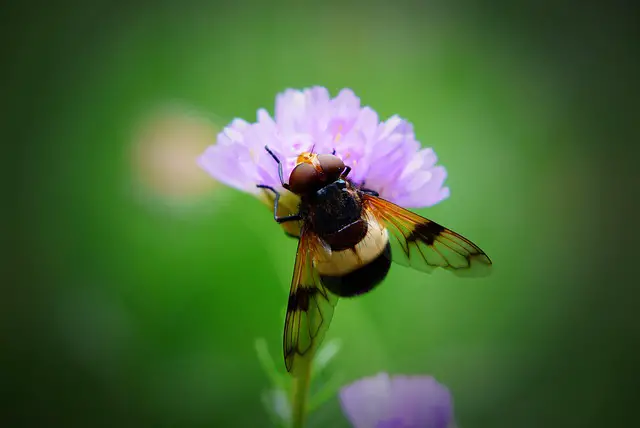Waterfowl hunting is a popular and deeply rooted tradition in the United States, but hunters must adhere to specific regulations, especially regarding the type of shotgun pellets they use. These laws are designed to promote ethical hunting and conservation of waterfowl species. This article explores the types of shotgun pellets permitted for waterfowl hunting in the U.S. and the reasons behind these regulations.
Why Do Regulations on Shotgun Pellets Matter?
The regulations on shotgun pellets for waterfowl hunting in the U.S. are essential for multiple reasons. Firstly, they help to protect the environment and waterfowl populations. Secondly, these rules ensure that the sport remains sustainable for future generations of hunters.
Environmental Protection
Lead poisoning is a significant concern in waterfowl hunting. Waterfowl can ingest spent lead pellets while foraging, leading to severe health issues or even death. To combat this, the U.S. Fish and Wildlife Service (USFWS) has banned the use of lead shot for waterfowl hunting since 1991. The use of non-toxic shot is now mandatory to reduce the risk of lead poisoning for birds and other wildlife.
Conservation Efforts
Protecting waterfowl species is a cornerstone of wildlife management. Regulations ensure that hunting practices do not adversely affect bird populations, preserving ecosystems and biodiversity. By enforcing laws on the types of pellets used, conservation efforts aim to maintain healthy waterfowl numbers.
What Types of Shotgun Pellets Are Allowed for Waterfowl Hunting in the U.S.?
Given the ban on lead shot, hunters in the U.S. must use non-toxic alternatives for waterfowl hunting. These alternatives must meet specific criteria established by the USFWS. Here are the primarily approved types:
Steel Shot
Steel shot is the most common non-toxic alternative to lead. It is widely available, relatively affordable, and effective for hunting waterfowl. Steel shot is lighter than lead, requiring hunters to adapt their shooting techniques to ensure accuracy and effectiveness.
Bismuth Shot
Bismuth shot is another popular choice celebrated for its similarities to lead in terms of density and malleability. It offers better performance than steel at longer ranges but comes at a higher cost. Bismuth is also softer than steel, reducing the risk of barrel damage.
Tungsten-Based Shot
Several types of tungsten-based shot are approved for waterfowl hunting, including tungsten-iron, tungsten-polymer, and tungsten-matrix. These materials are denser than lead, providing superior range and lethality. However, tungsten shot is generally more expensive than other non-toxic alternatives.
Other Approved Non-Toxic Shots
Other approved non-toxic shot types include tin and certain alloys that meet USFWS standards. Hunters should always verify the latest list of approved non-toxic shot types, as it is subject to updates based on new research and material developments.
Additional Considerations for Waterfowl Hunters
Shot Size and Velocity
Different shot sizes and velocities are better suited to various hunting conditions and bird species. Steel shot typically requires larger sizes due to its lower density, whereas tungsten and bismuth shots can use smaller sizes because of their higher density. Hunters should also consider the velocity of their shots, as higher speeds can improve effectiveness but may impact accuracy and barrel wear.
Checking Local Regulations
While federal regulations provide a baseline, state and local laws may have additional or more stringent requirements. Hunters should always check local regulations before heading out to ensure compliance.
Equipment and Safety
Using non-toxic shot may require equipment adjustments, particularly with older shotguns. Hunters should verify that their firearms can safely handle the chosen non-toxic shot type. Additionally, practicing good safety habits and ensuring proper shot placement is crucial for ethical hunting.
Frequently Asked Questions
Can I use lead shot for other types of hunting?
While lead shot is prohibited for waterfowl hunting, it is still legal for many other types of hunting, such as upland game birds and small mammals. However, some states and localities have broader restrictions on lead shot due to environmental concerns, so it’s important to check specific regulations.
What should I do if I accidentally use lead shot for waterfowl hunting?
Accidental use of lead shot for waterfowl hunting can result in severe penalties, including fines and loss of hunting privileges. Hunters should regularly inspect their ammunition to ensure compliance and avoid any inadvertent use of prohibited materials.
How can I improve my accuracy with non-toxic shot?
Improving accuracy with non-toxic shot may require practice and adjustments to shooting techniques. Hunters can benefit from using patterning boards to test different shot sizes and velocities, as well as spending time at shooting ranges to hone their skills.
Conclusion
Understanding what type of shotgun pellets are allowed for waterfowl hunting in the U.S. is crucial for every hunter. The transition to non-toxic shot has significantly benefited waterfowl populations and the environment, ensuring that hunting remains a sustainable practice. By staying informed and adhering to regulations, hunters can contribute to conservation efforts and enjoy successful and ethical hunting experiences.




